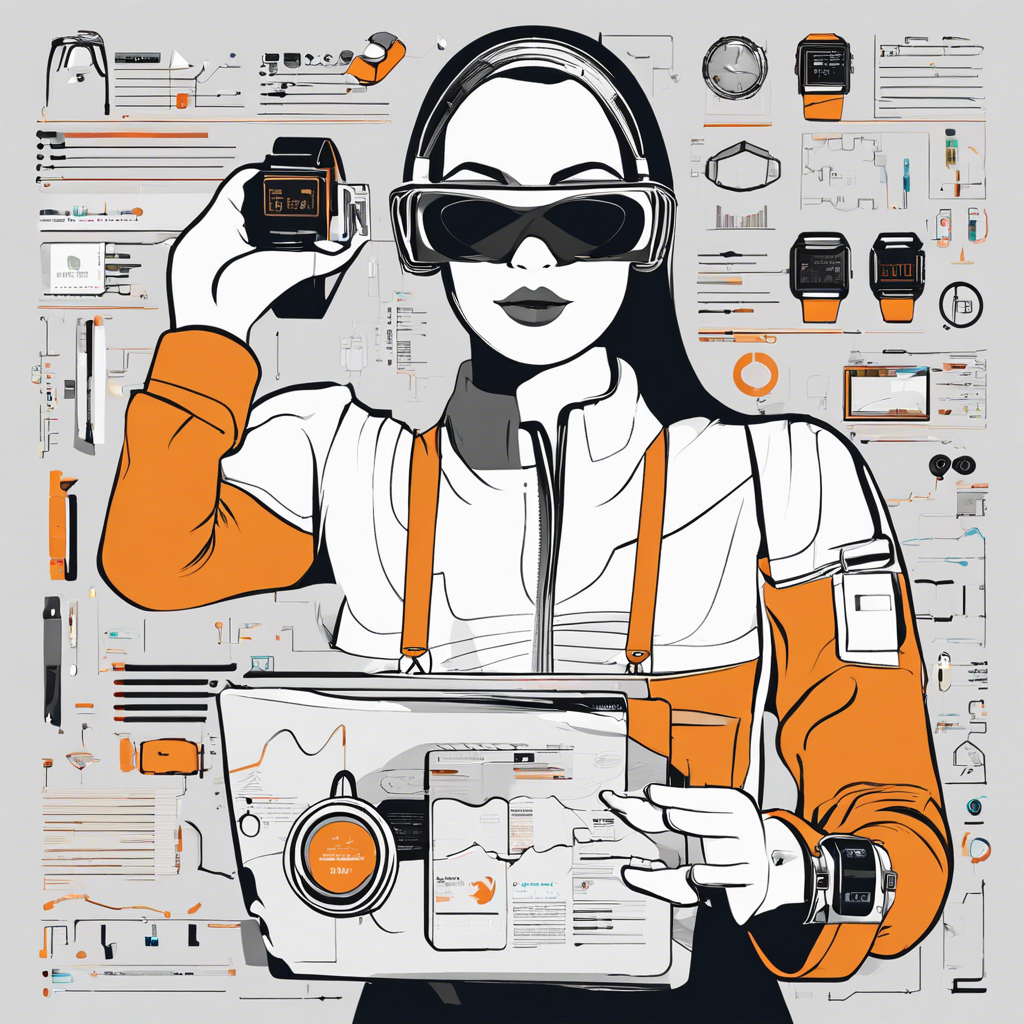The world of wearable technology extends far beyond the ubiquitous smartwatch. From smart fabrics to augmented reality headsets, wearable devices are becoming increasingly integrated into our daily lives, offering enhanced functionality and opening up new possibilities for the future. With the continued advancement of technology, it’s clear that wearables are here to stay and will only become more prevalent.
What exactly do we mean by wearable technology? Simply put, it refers to electronic devices that can be worn on the body as accessories, embedded in our clothing, or even implanted under our skin. While smartwatches and fitness trackers may be the most visible examples, the realm of wearables extends to smart rings, glasses, headphones, and even shoes. These devices are designed to seamlessly integrate technology into our daily routines, providing us with real-time data, notifications, and health insights.
One of the most exciting aspects of wearable technology is its potential to transform our health and fitness journeys. Wearables can track our steps, monitor our heart rate, and provide detailed insights into our sleep patterns. This data can help us make informed decisions about our health and enable us to take a more proactive approach to our well-being. Already, we’re seeing insurance companies offering incentives for customers who use wearables, and employers are incorporating wearables into their corporate wellness programs.
But the applications of wearable technology go beyond personal use. In the medical field, for example, wearables are being used to monitor patients remotely, detect early signs of diseases, and provide real-time data to healthcare providers, enabling more efficient and effective treatment. This technology can be a game-changer for the early detection and management of chronic conditions, ultimately improving patient outcomes and reducing healthcare costs.
The potential of wearable technology extends to industries such as construction and manufacturing, where smart glasses and augmented reality headsets provide workers with hands-free access to information and enhance their performance and safety. In retail, wearable devices are being used to enhance the customer experience, offering personalized recommendations and seamless payment options.
The future of wearable technology is already taking shape, with developments in smart fabrics and e-textiles—clothing and accessories that have technology integrated directly into the fabric. Imagine a jacket that can charge your phone or a shirt that monitors your heart rate. These advancements will further blur the lines between technology and fashion, making wearables even more prevalent and desirable.
As we embrace the potential of wearable technology, it’s important to address the concerns around privacy and data security. As wearables collect vast amounts of personal data, ensuring the security and ethical handling of this information is crucial. Users must be aware of the data being collected, how it is being used, and the potential risks involved. This includes the possibility of data breaches and the potential for sensitive health data to be used for discriminatory purposes.
Despite these challenges, the future of wearable technology looks promising. With continued advancements in hardware, software, and materials science, we can expect wearables to become even more integrated into our lives, offering enhanced functionality, convenience, and insights. The possibilities are endless, and it’s exciting to imagine what innovations the future holds.

